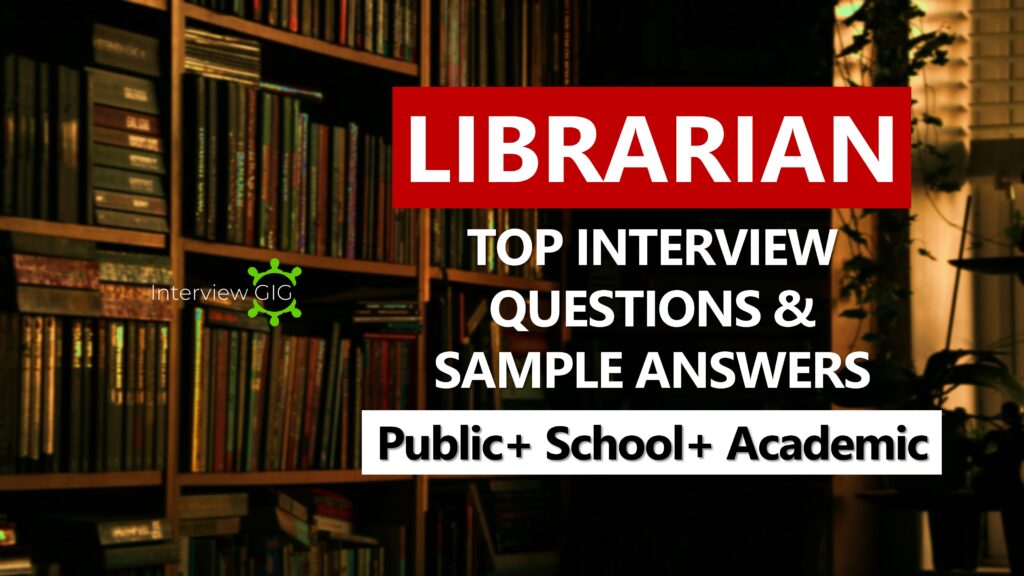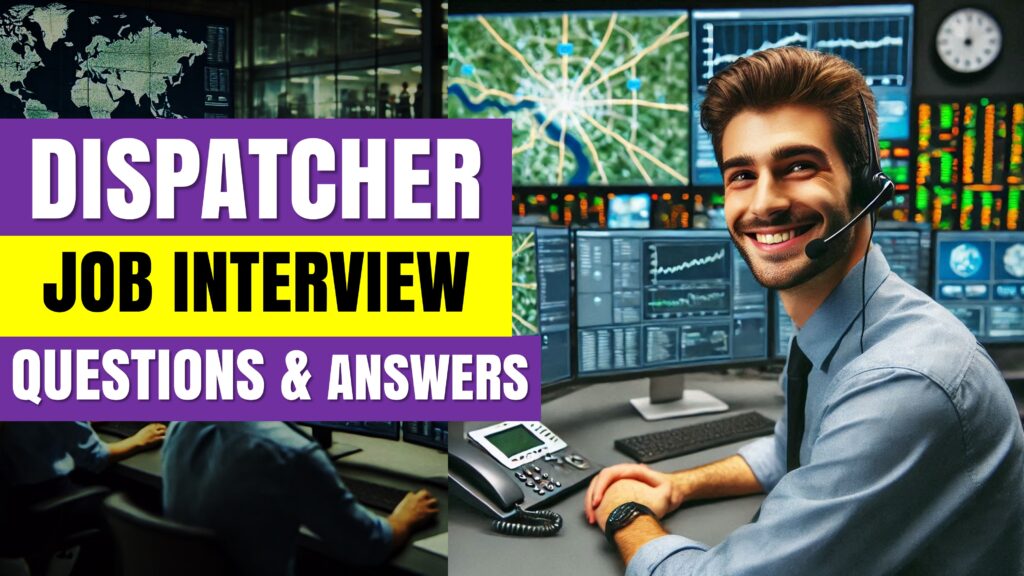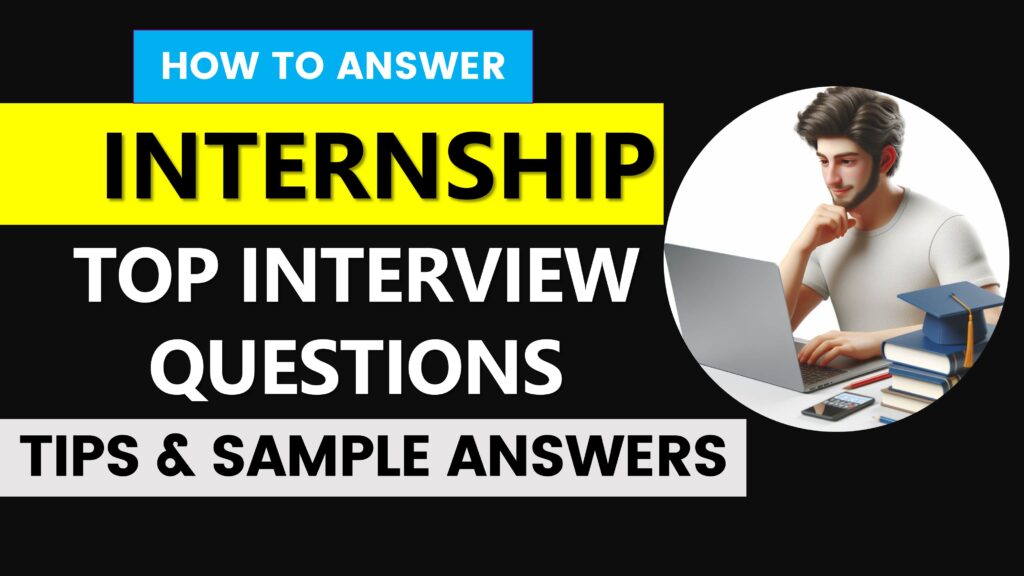Content Moderator Interview
In preparation for a content moderator interview, a comprehensive understanding of the most common interview questions is essential. Insightful answers are provided in this blog to assist candidates in standing out from the competition. The importance of effective content moderation in today’s digital landscape is recognized, especially with the rise of AI-driven tools and the increasing volume of user-generated content on social media platforms.
Current trends in AI moderation, such as the use of machine learning algorithms to identify harmful content, are also discussed, emphasizing the need for moderators to be familiar with these technologies. The skills required for success in this role, including critical thinking, attention to detail, and adaptability, are highlighted. By exploring the key questions and suggested responses, candidates will be better equipped to navigate the interview process with confidence, particularly in relation to the evolving challenges and responsibilities faced by content moderators in the age of social media and AI.
Question: Can you tell me about yourself and your background?
Here’s a quick tip on how to answer this question: Highlight your education, skills, and experiences that are directly relevant to content moderation. Use this as an opportunity to demonstrate your strengths and interest in the field.
Sample Answer:
“I have a bachelor’s degree in communications and three years of experience in customer service, where I honed my analytical and problem-solving skills. My attention to detail and ability to navigate complex issues led me to develop a strong interest in content moderation. In my previous role, I handled online reviews and user-generated content for a company, ensuring adherence to guidelines. I believe my strong sense of responsibility, coupled with my ability to work under pressure, makes me an ideal fit for this role.”
Question: What interests you about working in content moderation, and why do you want to pursue this role?
Tip: Connect your passion for ensuring a safe online environment with your personal values or experiences. Emphasize your readiness to contribute to the company’s mission.
Sample Answer:
“I’m passionate about creating safe and inclusive digital spaces because I understand how harmful inappropriate content can be to individuals and communities Content moderation is crucial in maintaining a balance between free expression and user safety. I want to pursue this role because I believe that effective moderation can significantly enhance user experience and trust in a platform. I am excited about the opportunity to help create a space where users feel safe to share their thoughts and ideas without fear of harassment or misinformation.”
Question: What is content moderation, and why do you believe it is important?
Tip: Provide a clear, concise definition and link it to its significance in maintaining trust, safety, and quality online.
Sample Answer:
Content moderation is the process of reviewing and managing user-generated content to ensure it adheres to community guidelines and legal requirements. It’s essential for maintaining a healthy online ecosystem by preventing the spread of harmful content, such as hate speech, harassment, and misinformation. By moderating content, platforms can protect their users, uphold their brand reputation, and foster a positive online community.
Question: What are the primary responsibilities of a content moderator?
Tip: Be specific and align the responsibilities with the skills and qualities you possess.
Sample Answer:
“The primary responsibilities of a content moderator include reviewing and assessing user-generated content for compliance with community guidelines, responding to user reports, and taking appropriate action on flagged content. Moderators also provide feedback to improve moderation policies and tools, and they may engage with users to educate them about community standards. Attention to detail is crucial, as is the ability to communicate effectively with users to foster understanding and compliance with guidelines.”
Question: Why do you want to work as a Content Moderator for this company?
Tip: Research the company’s mission, values, and reputation. Tailor your response to align your goals with theirs.
Sample Answer:
“This company’s commitment to fostering a safe and inclusive online community deeply resonates with me. I admire how you prioritize user safety while encouraging freedom of expression. Your innovative approach to tackling modern challenges in digital spaces inspires me to be a part of this team. I believe my strong analytical skills and passion for creating positive user experiences align with your mission, and I’m eager to contribute to maintaining your platform’s integrity and trustworthiness.”
Question: Do you have experience working with ticketing systems?
Tip: Highlight any relevant experience with ticketing systems, including specific tools or software you’ve used.
Sample Answer:
“Yes, I have experience using ticketing systems like Zendesk and JIRA for managing workflow and tracking user issues. I have handled high volumes of tickets efficiently, prioritizing them based on urgency and ensuring timely resolutions. If assigned a ticket, I focus on gathering all relevant information, categorizing it correctly, and updating it with clear and accurate communication throughout the process. If I come across a system I haven’t used, I’m confident in my ability to learn it quickly, as I’ve done in past roles.”
Question: Are you familiar with our content moderation policies or code of conduct?
Tip: Demonstrate your knowledge of the company’s policies and express your willingness to learn more.
Sample Answer:
“I have researched your content moderation policies and code of conduct, and I appreciate the emphasis on creating a safe and respectful environment for users. Your guidelines on hate speech, harassment, and misinformation are particularly comprehensive. I understand that these policies are crucial for maintaining community trust and safety. I am eager to learn more about your specific processes and contribute to upholding these standards effectively.”
Question: What is the role of automation and AI in modern content moderation workflows?
Tip: Discuss how AI enhances efficiency while emphasizing the need for human oversight.
Sample Answer:
“Automation and AI play a crucial role in modern content moderation by handling large-scale data analysis, identifying patterns, and flagging potentially harmful content for review. These technologies improve efficiency and reduce human exposure to distressing materials. However, human oversight remains critical to ensure nuanced decision-making, as AI may struggle with context, cultural sensitivities, and the evolving nature of harmful content.”
Question: What do you think are the most significant challenges facing content moderation in the current digital landscape?
Tip: Identify key challenges and demonstrate your understanding of the complexities involved in content moderation.
Sample Answer:
“One of the most significant challenges facing content moderation today is the sheer volume of content generated every minute, making it difficult to monitor effectively. Additionally, the rapid evolution of language, slang, and cultural references can complicate the identification of harmful content. Misinformation is another major challenge, as it can spread quickly and have real-world consequences. Finally, balancing the need for free expression with the responsibility to protect users from harmful content is a delicate task that requires constant attention and adaptation.”
Question: What would you do if you found content that is offensive but does not technically violate the guidelines?
Tip: Emphasize your commitment to user safety and community standards while also respecting guidelines.
Sample Answer:
“If I encountered content that I found offensive but did not technically violate the guidelines, I would first document the content and the reasons for my concern. I would then consult with my team or a supervisor to discuss the situation and seek their input. It’s important to consider the context and potential impact of the content on the community. If necessary, I would advocate for a review of the guidelines to address such situations in the future, as community standards should evolve to reflect the values and safety of the user base.”
Question: Why do you think content moderation is important for platforms like Facebook, Instagram, or X (Twitter)?
Tip: Discuss the impact of content moderation on user experience, safety, and the overall integrity of the platform.
Sample Answer:
“Content moderation is crucial for platforms like Facebook, Instagram, and X because it directly affects user safety and the overall experience. These platforms host millions of users and a vast amount of content daily, making it essential to filter out harmful material such as hate speech, harassment, and misinformation. Effective moderation helps maintain a respectful environment, fosters community trust, and encourages healthy interactions. Additionally, it protects the platform’s reputation and ensures compliance with legal and regulatory standards, which is vital for long-term sustainability.”
Question: Are you comfortable working in rotational shifts, including weekends and holidays?
Tip: Be honest and demonstrate flexibility while considering work-life balance.
Sample Answer:
“Yes, I am comfortable working in rotational shifts, including weekends and holidays. I understand that content moderation is a 24/7 responsibility to ensure timely responses to issues that arise on the platform. I value the importance of this role and am willing to adjust my schedule to meet the needs of the team while maintaining productivity and focus.”
Question: How would you approach moderating content generated by AI tools like ChatGPT or Gemini to ensure it aligns with platform policies?
Tip: Highlight the importance of understanding AI-generated content and the need for clear guidelines.
Sample Answer:
“Moderating content generated by AI tools like ChatGPT or Gemini requires a nuanced approach. First, I would familiarize myself with the specific guidelines regarding AI-generated content on the platform. I would assess the content for compliance with community standards, focusing on issues like misinformation, hate speech, or harmful advice. Given that AI-generated content can sometimes lack context, I would apply a critical eye to ensure that it aligns with the platform’s values. Additionally, I would advocate for clear guidelines on AI-generated content to help users understand what is acceptable and what is not.”
Question: What would you do if you found the same inappropriate content repeatedly posted by a user?
Tip: Demonstrate a balanced approach of enforcing policies and escalating issues when necessary.
Sample Answer:
“If a user repeatedly posts the same inappropriate content, I would follow the escalation procedures outlined in the company’s policies. Initially, I’d ensure the content is removed promptly and issue a warning to the user if it’s their first offense. If the behavior persists, I’d escalate the case to a higher authority for potential account suspension or ban. It’s essential to document the occurrences thoroughly and ensure that actions are consistent with the platform’s policies.”
Question: What strategies would you implement to monitor misinformation or deepfake content created using AI?
Tip: Discuss proactive measures and collaboration with technology and policy teams.
Sample Answer:
“To monitor misinformation or deepfake content, I’d implement a combination of strategies:
- Proactive Detection: Leverage AI tools to identify manipulated media or text based on patterns, metadata, and known misinformation sources.
- Human Oversight: Establish a team to review flagged content for context and accuracy, as technology alone might not catch nuanced cases.
- Collaboration: Work with fact-checking organizations and policy teams to update guidelines and enhance detection mechanisms.
- User Reporting: Empower users to report suspicious content, making it easier to catch harmful material early.
Regular training on emerging trends and advancements in AI-generated content would also be vital to stay ahead of the curve.”
Question: What do you understand by the term “community guidelines,” and how do they impact moderation decisions?
Tip: Explain the purpose of community guidelines and their role in shaping moderation practices.
Sample Answer:
“Community guidelines are a set of rules and standards that outline acceptable behavior and content on a platform. They serve as a framework for users to understand what is permissible and what is not. These guidelines impact moderation decisions by providing clear criteria for evaluating content. Moderators rely on these guidelines to determine whether a post violates community standards, ensuring consistency and fairness in enforcement. They also help protect users by promoting a safe and respectful environment, which is essential for fostering healthy online interactions.”
Question: Can you explain the different types of content moderation (pre-moderation, post-moderation, reactive moderation, etc.)?
Tip: Define each type of moderation clearly and discuss their applications and benefits.
Sample Answer:
“Certainly! There are several types of content moderation:
- Pre-Moderation: This involves reviewing content before it is published on the platform. It is often used in forums or communities where user-generated content is sensitive or where the risk of harmful content is high. This method ensures that only compliant content is visible to users.
- Post-Moderation: In this approach, content is published immediately but is reviewed afterward. This allows for a more dynamic user experience, but it requires a robust system to address any violations quickly.
- Reactive Moderation: This type relies on user reports to identify inappropriate content. Moderators respond to flagged content as it arises, which can be effective but may lead to delays in addressing harmful material.
- Automated Moderation: This uses algorithms and AI to filter content based on predefined criteria. While it can handle large volumes of content quickly, it may not always accurately assess context.
Question: How would you define hate speech, and what criteria do you use to identify it?
Tip: Provide a clear definition and outline the steps you’d take to assess content objectively.
Sample Answer:
“Hate speech refers to communication that attacks, demeans, or discriminates against individuals or groups based on attributes like race, religion, ethnicity, gender, sexual orientation, or disability. To identify hate speech, I evaluate content based on the following criteria:
- Intent: Is the content meant to harm, intimidate, or promote hatred?
- Context: Does it contain cultural, historical, or situational relevance that amplifies its impact?
- Platform Policies: Does the content explicitly violate the platform’s hate speech guidelines?
By applying these criteria, I ensure moderation decisions are fair and aligned with the platform’s standards.”
Question: A post has been flagged as violating guidelines, but you believe it is borderline. How would you handle this situation?
Tip: Show that you respect guidelines while demonstrating sound judgment and escalation procedures.
Sample Answer:
“If a flagged post appears borderline, I would:
- Review Guidelines: Revisit the platform’s policies to determine if the content definitively violates any rules.
- Seek a Second Opinion: Collaborate with a senior moderator or team lead to ensure an objective assessment.
- Document the Case: Record details about why the content is borderline and the steps taken for transparency.
If necessary, I would flag the content for further review by the policy team to refine guidelines and address similar situations in the future.”
Question: How would you handle offensive or inappropriate content on a platform?
Tip: Discuss your approach to addressing such content while maintaining user safety and adhering to guidelines.
Sample Answer:
“When handling offensive or inappropriate content, my first step would be to assess the content against the community guidelines to determine if it violates any rules. If it does, I would take the appropriate action, which may include removing the content and issuing a warning or suspension to the user, depending on the severity of the violation.
If the content is offensive but does not technically violate the guidelines, I would document the situation and consider whether it warrants a review of the guidelines to address similar cases in the future. Additionally, I would communicate with the user, explaining why the content was flagged and encouraging them to adhere to community standards. My goal is to ensure a safe and respectful environment while also providing users with the opportunity to learn from their mistakes.”
Question: What tools or software have you used for content moderation (e.g., TMS, Hive, or proprietary AI moderation tools)?
Tip: Mention specific tools you have experience with and describe how you used them in your previous roles.
Sample Answer:
“I have experience using several content moderation tools, including Zendesk for ticketing and user support, and TMS (Trust and Safety Management System) for tracking and managing flagged content. I have also worked with proprietary AI moderation tools that help identify and filter out harmful content based on predefined criteria. These tools have been invaluable in streamlining the moderation process, allowing me to focus on more nuanced cases that require human judgment. I am always eager to learn new tools and technologies that can enhance moderation efficiency.”
Question: Can you share an example of a time when you had to make a difficult content moderation decision? What steps did you take to resolve the situation?
Tip: Use the STAR method (Situation, Task, Action, Result) for a concise response.
Sample Answer:
“In a previous role, I encountered a post that was borderline offensive. I carefully reviewed platform guidelines, consulted with my team, and escalated it to senior moderators for clarity. This ensured a fair decision and led to clearer policy updates for similar cases.”
Question: How would you handle a high-pressure situation where flagged content surges during a major event (e.g., a controversial election or global crisis)?
Tip: Focus on prioritization, teamwork, and staying calm under pressure.
Sample Answer:
“I would prioritize the most critical content, collaborate with my team for efficient handling, and utilize automated tools to flag high-risk posts. Staying composed and adhering to policies ensures quick and fair resolutions, even in high-pressure situations.”
Question: Describe a time when you worked with a team to improve content moderation processes or workflows.
Tip: Highlight your collaborative skills and the impact of your contributions.
Sample Answer: “I collaborated with my team to streamline the escalation process by creating clear decision trees for complex cases, reducing review time and improving consistency across moderators.”
Question: Can you share an experience where you had to make a quick decision while moderating content? How did you handle it?
Tip: Provide a specific example that demonstrates your ability to think on your feet.
Sample Answer:
“During a live event, I quickly removed a flagged post containing graphic content. I reviewed the guidelines to ensure compliance, documented the action, and reported it to the team. Prompt action-maintained platform safety without disrupting the event.”
Question: Are you comfortable working with sensitive and challenging content regularly, and why do you feel suited for this role?
Tip: Emphasize your resilience, empathy, and commitment to user safety.
Sample Answer:
“Yes, I am comfortable working with sensitive and challenging content regularly. I understand that content moderation can involve exposure to distressing material, but I believe that my background in psychology equips me with the tools to handle such situations with empathy and professionalism.
In conclusion, the insights shared in this blog are intended to enhance the preparation for a content moderator interview. The common interview questions discussed have been designed to help candidates articulate their experiences and skills effectively. By utilizing the suggested answers, a greater chance of making a positive impression during the interview is provided. It is hoped that candidates will feel more prepared and confident as they embark on their journey toward securing a role in content moderation, especially in a landscape increasingly influenced by AI technologies and the dynamic nature of social media content.
Refer to our previous articles common interview questions, HR interview questions, behavioural interview questions, and job interview Conversion.
- Common Job Interview Questions And Answers In 2025
- Job Interview Conversation For Freshers
- Common Behavioral Interview Questions And Answers
- Most Common HR Interview Questions
- Phone Interview Questions And Answers





